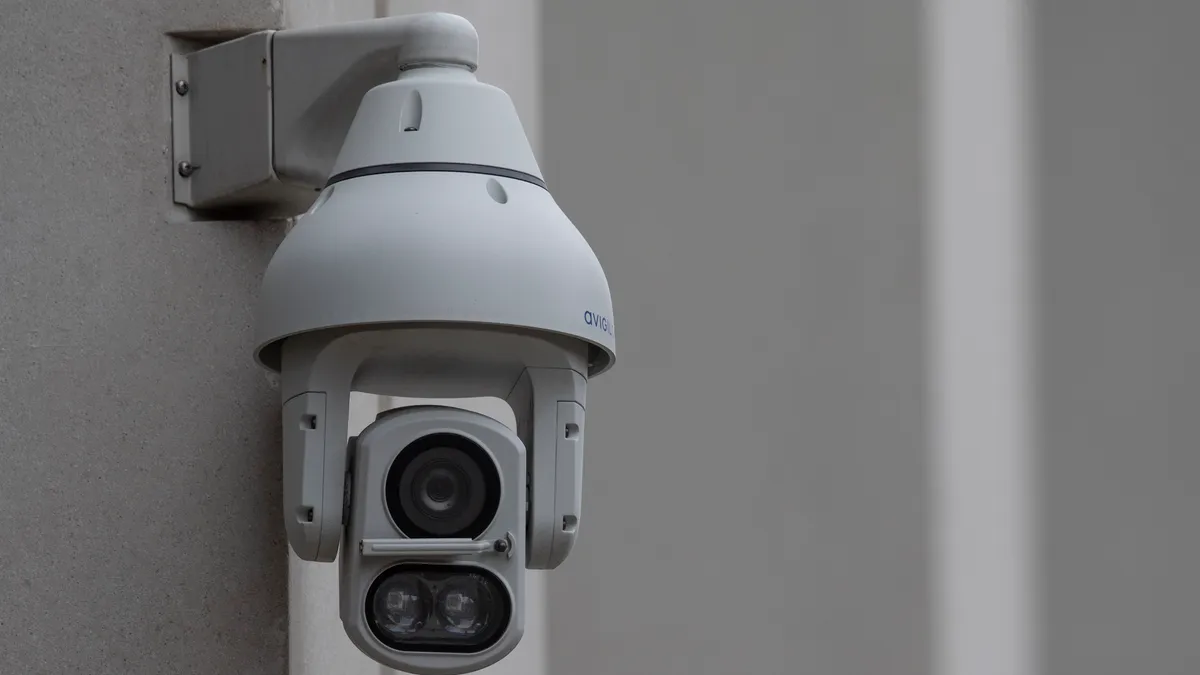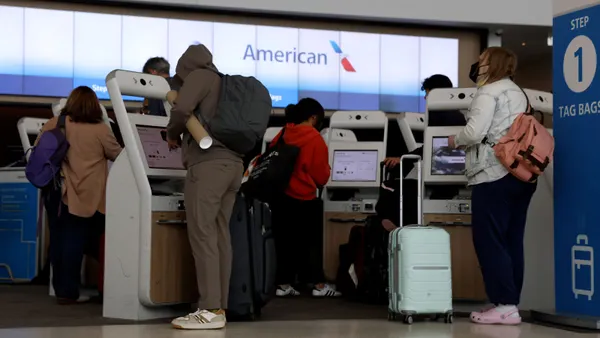CIOs put emerging technologies to the test during the pandemic, with use cases as proving ground for how an organization could benefit from tools such as Internet of Things (IoT) sensors, low-orbit satellites or augmented reality. But the next challenge for CIOs is to learn from these use cases to understand how to best bring technologies together.
Disparate efforts will need to come together if businesses want to reach for big goals, said Adriana Karaboutis, group chief information and digital officer at National Grid, speaking Wednesday during the 2021 MIT Sloan CIO Symposium.
"That's something I think is the silver lining coming out of COVID[-19]," said Karaboutis. The effects of the crisis made organizations "double down on that focus and crystallization for what we need to do."
Atop the list of emerging tech priorities are usual suspects in the technology realm; artificial intelligence, 5G and IoT comprise the top three technologies capable of delivering "near-term business impact" in 2020, according to CompTIA's Emerging Technology Community group.
In technologies such as IoT, standardization is a must in the road ahead, said Harmeen Mehta, chief digital and innovation officer at BT.
"If the world can consolidate a little bit on standardization, it will actually help pick up speed," said Mehta. "What we've not done well as an industry is truly come together and make some hard choices" in converging around specific types of IoT technologies.
The combined use of emerging technologies is more beneficial than standalone use, according to two-thirds of executives in a KPMG survey.
The power of tech bundling
When technologies and data streams play off each other, it can lead to new outcomes, according to David Neitz, CIO at engineering and construction company CDM Smith.
Using NVIDIA's Jetson Nano device, CDM Smith is able to train an AI computer vision model to detect wrong-way drivers. The technology use case combines capabilities of sensors with the computing power of AI.
"You have someone sitting in a command center trying to monitor 300 screens," said Neitz, speaking on the panel. "Why rely on a human to be observant and alert?" Instead, the company relies on a mix of sensors and algorithms to monitor and track when drivers are using lanes in an erratic way or how traffic is behaving around a construction zone.
Intertwining technologies is already a mark of technology projects underway for the enterprise. One-third of solutions are "AI-powered" and "cloud-enabled," and 80% of companies are currently investing in emerging technologies or plan to do so in the next 12 months, according to the KPMG report.
Another tech use case at CDM Smith combines IoT soil sensors, data analytics and weather information to predict when a potential landslide could impact a railroad track.
The solution can also determine when vegetation is likely to interfere with the power system. The use of sensors gives the company access to "new insights and predictive capability that actually wasn't really necessarily possible before," Neitz said.
Correction: This article has been updated to correct the name of the event.















